"To talk of many things: ....."
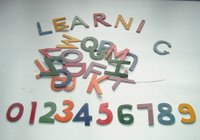 I was going to write about my boarding school, where I was so happy, but I decided to start at the beginning. My earliest memory of formal learning is sitting at a small table in my nursery with my mother, with the coloured wooden letters and numbers which my father had made for me - the very same as those I have inexpertly photographed for you. About the actual lesson I remember little, but I have still on my taste buds the memory of the bread and dripping with which we used to refresh ourselves during the morning, brought upstairs by one of our two maids. Was this the beginning of the primrose path which led to heart surgery and medication with statins for the rest of my life?
I was going to write about my boarding school, where I was so happy, but I decided to start at the beginning. My earliest memory of formal learning is sitting at a small table in my nursery with my mother, with the coloured wooden letters and numbers which my father had made for me - the very same as those I have inexpertly photographed for you. About the actual lesson I remember little, but I have still on my taste buds the memory of the bread and dripping with which we used to refresh ourselves during the morning, brought upstairs by one of our two maids. Was this the beginning of the primrose path which led to heart surgery and medication with statins for the rest of my life? It's difficult to believe that we had two live-in maids at that time - Dorothy and Jenny. I can't quite remember if they wore uniforms - probably, on formal occasions. I think they must have been the last of our live-ins, until after the war, when my mother took to offering a live-in post as 'help' to an unmarried mother and child - not an entirely satisfactory arrangement from her point of view, but it certainly helped out a number of unhappy young women.
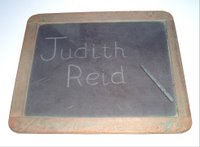 This is a real old school slate, with the scratchy 'pencil' used to write on it. I don't believe that I actually used it in school, but I may have used it at home, and I certainly remember my mother writing our milk order on it, and leaving it on the doorstep. When we moved to the country in 1939 and found ourselves living next to a farm, our milk used to arrive still warm from the cow - also with black floaters of who knows what origin - urrgh! (No pasteurisation in those days.) We left a jug outside with the slate, and the milk was dipped out of a churn and tipped into our jug. But that was some years later on.
This is a real old school slate, with the scratchy 'pencil' used to write on it. I don't believe that I actually used it in school, but I may have used it at home, and I certainly remember my mother writing our milk order on it, and leaving it on the doorstep. When we moved to the country in 1939 and found ourselves living next to a farm, our milk used to arrive still warm from the cow - also with black floaters of who knows what origin - urrgh! (No pasteurisation in those days.) We left a jug outside with the slate, and the milk was dipped out of a churn and tipped into our jug. But that was some years later on.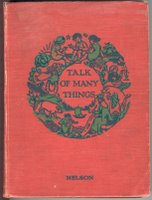 This is one of my most treasured books, named from "The Walrus and the Carpenter". It is described on the fly-leaf as Book IV in the Reading for Action series - "A Book of True Fact and True Fancy in Prose and Verse". It was published by Nelson, presumably in the mid 1930s, although there is no publisher's print date. (When did a publishing date become regular practice, I wonder - I am so often infuriated by not being able to date old books in this way!)
This is one of my most treasured books, named from "The Walrus and the Carpenter". It is described on the fly-leaf as Book IV in the Reading for Action series - "A Book of True Fact and True Fancy in Prose and Verse". It was published by Nelson, presumably in the mid 1930s, although there is no publisher's print date. (When did a publishing date become regular practice, I wonder - I am so often infuriated by not being able to date old books in this way!) 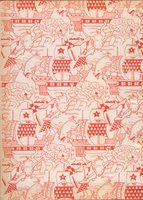 Although it is hard to see from my scans *, both the cover and the endpapers are illustrations of all the items mentioned in the verse of Lewis Carroll's poem:
Although it is hard to see from my scans *, both the cover and the endpapers are illustrations of all the items mentioned in the verse of Lewis Carroll's poem:"..... Of shoes - and ships - and sealing-wax -
Of cabbages - and kings -
And why the sea is boiling hot -
And whether pigs have wings."
The book is a wonderful mix of "Nature Wonders", and myths and fables, bible stories, fairy stories, and poems, all liberally illustrated in black and white and colour, to fire the imagination. In addition to Lewis Carroll, the list of contents includes such names as Walter de la Mare, Eleanor Farjeon, H.W. Longfellow, Endid Blyton, Hans Andersen, William Wordsworth, A.A. Milne, S.T. Coleridge and the Bible. If I learned from it, I am sure it didn't feel like learning at the time. But by the time I was reading it, I must have been at school, and that is another blog.
* NB :: I have recently discovered that you can double left click on a picture in a blog and see an enlarged version of it. Then click on Back in the toolbar to return to the blog.
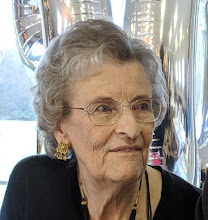

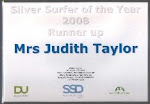

No comments:
Post a Comment